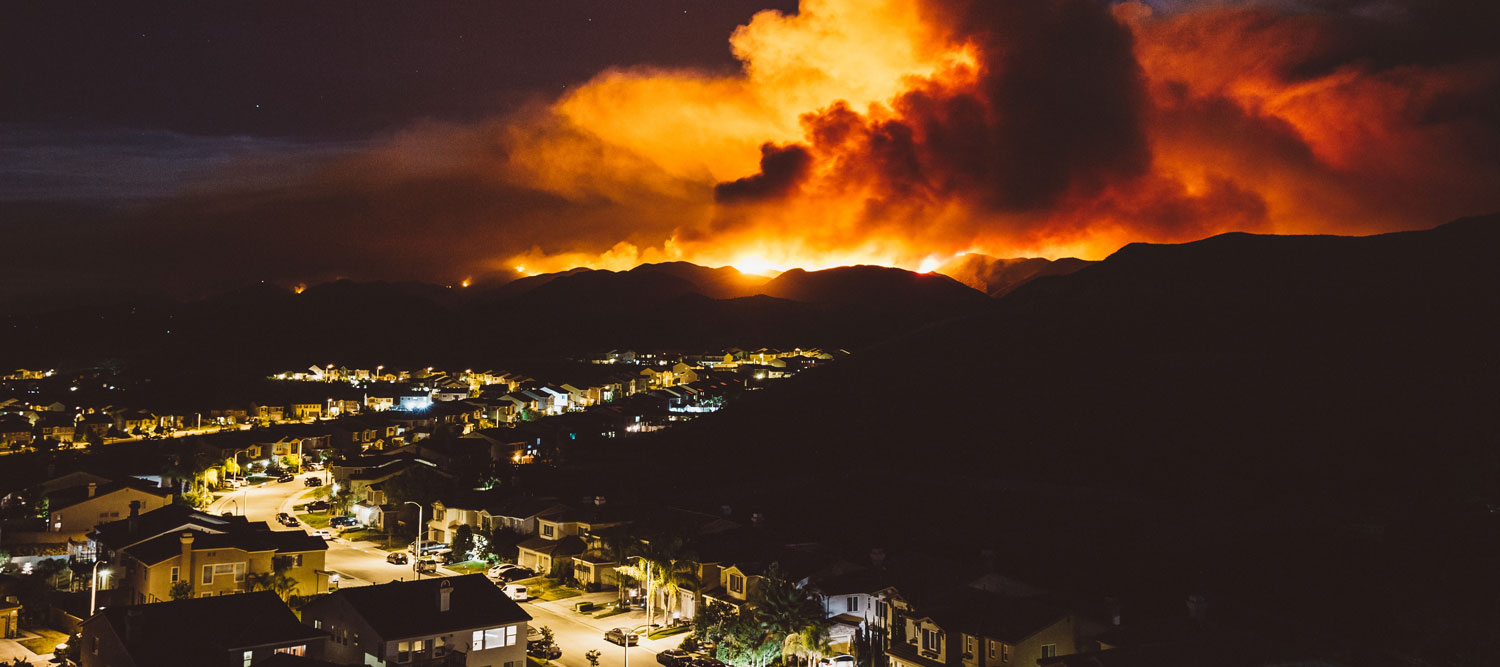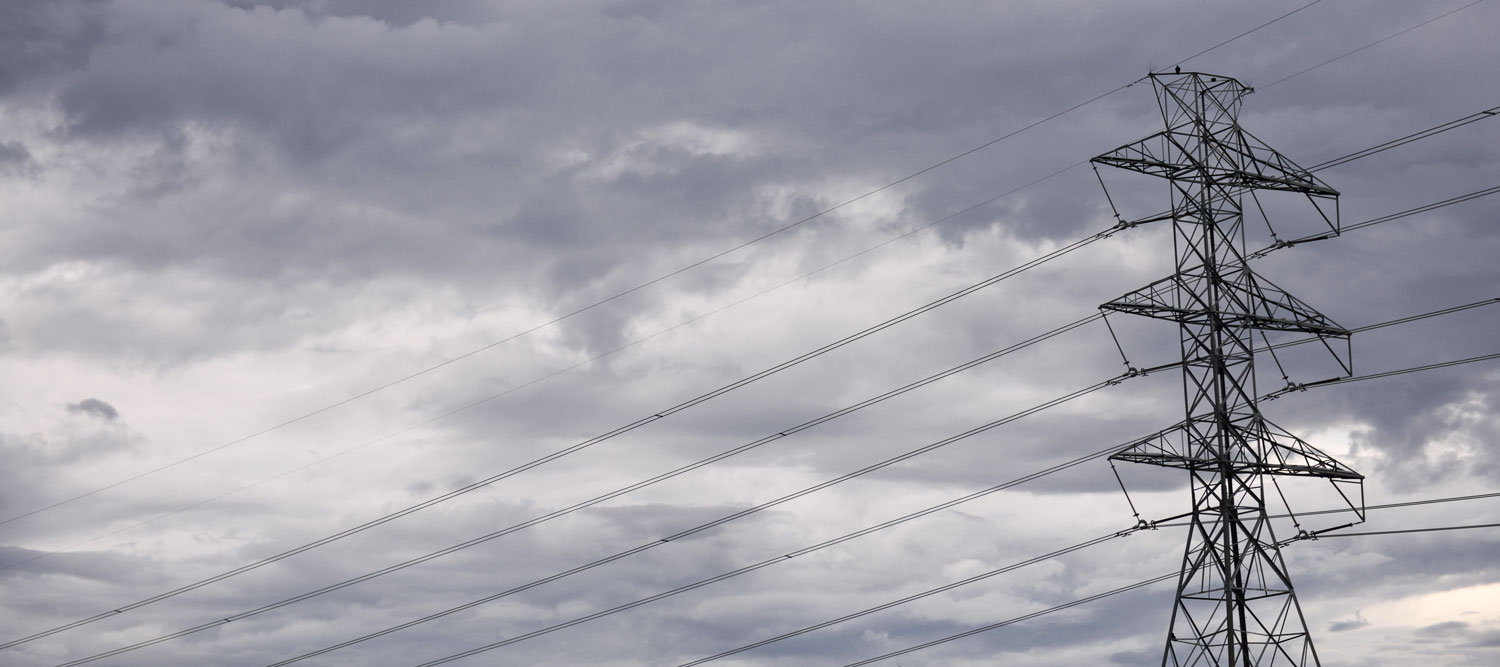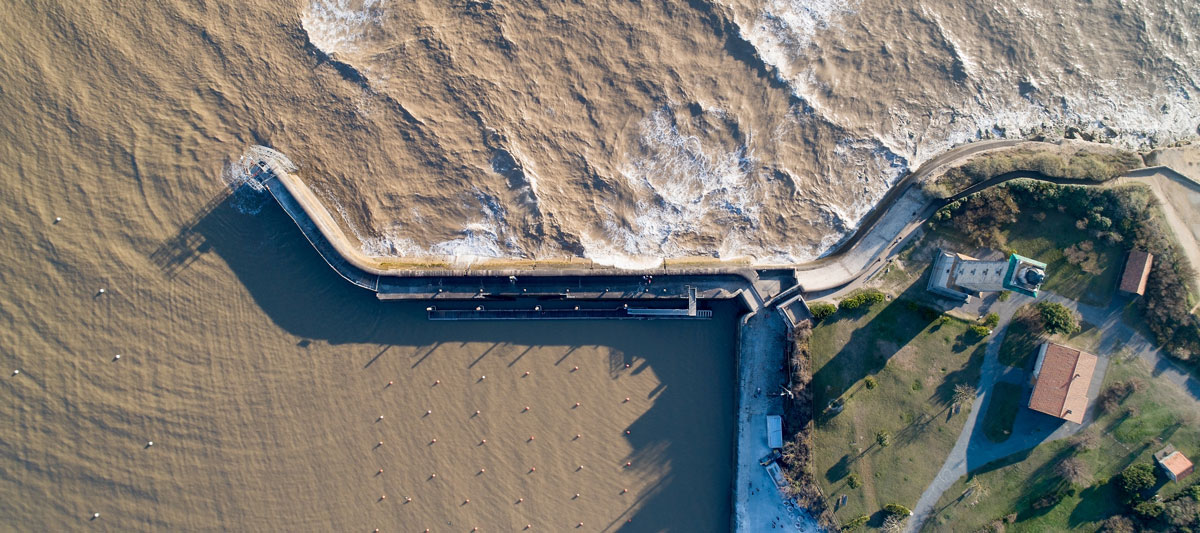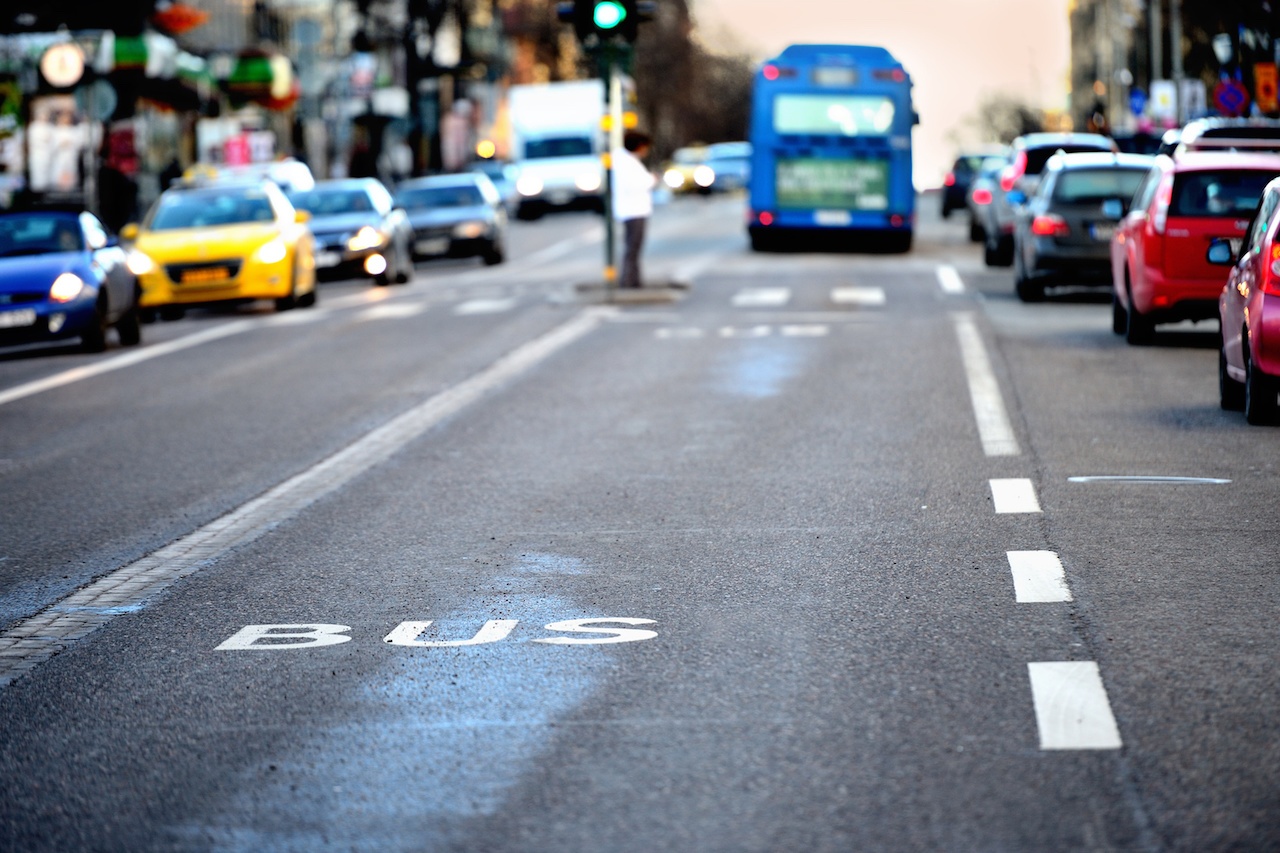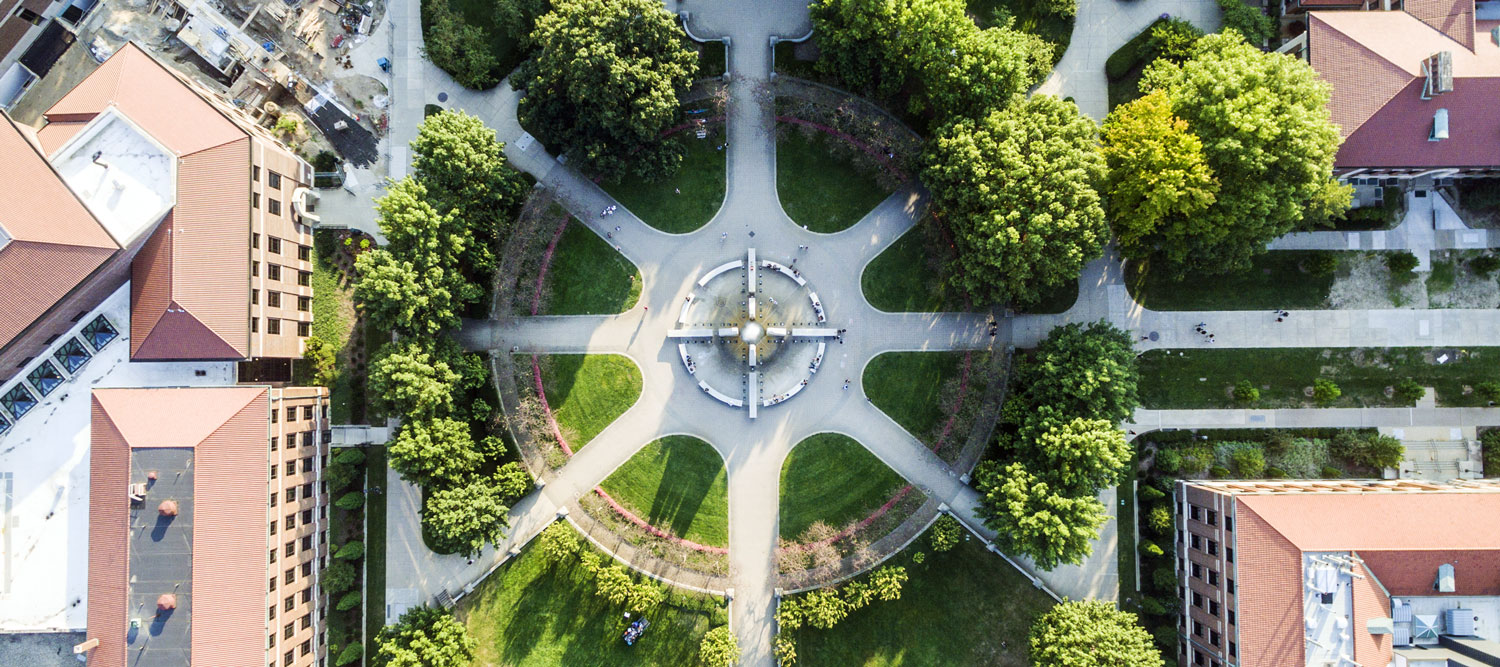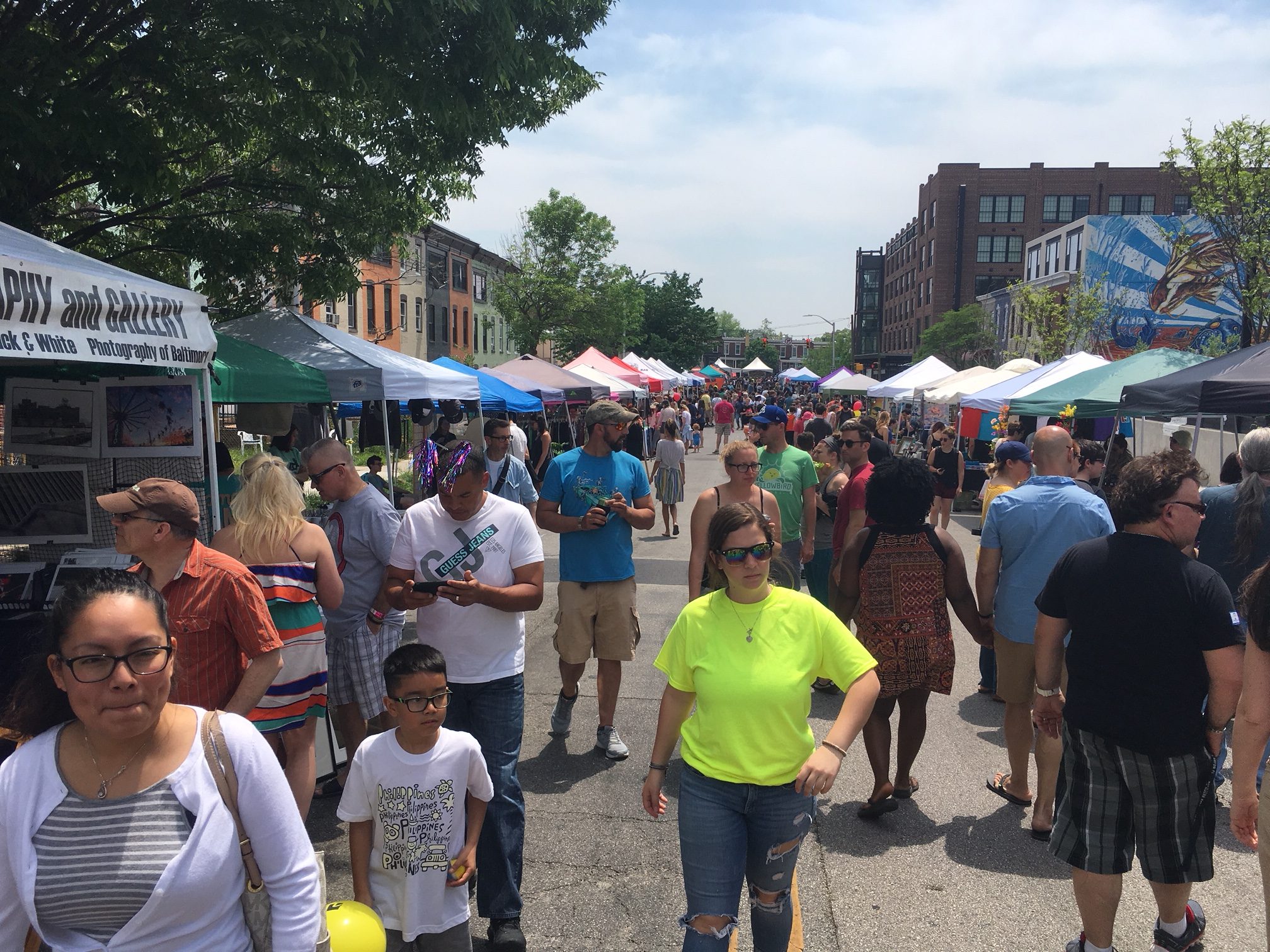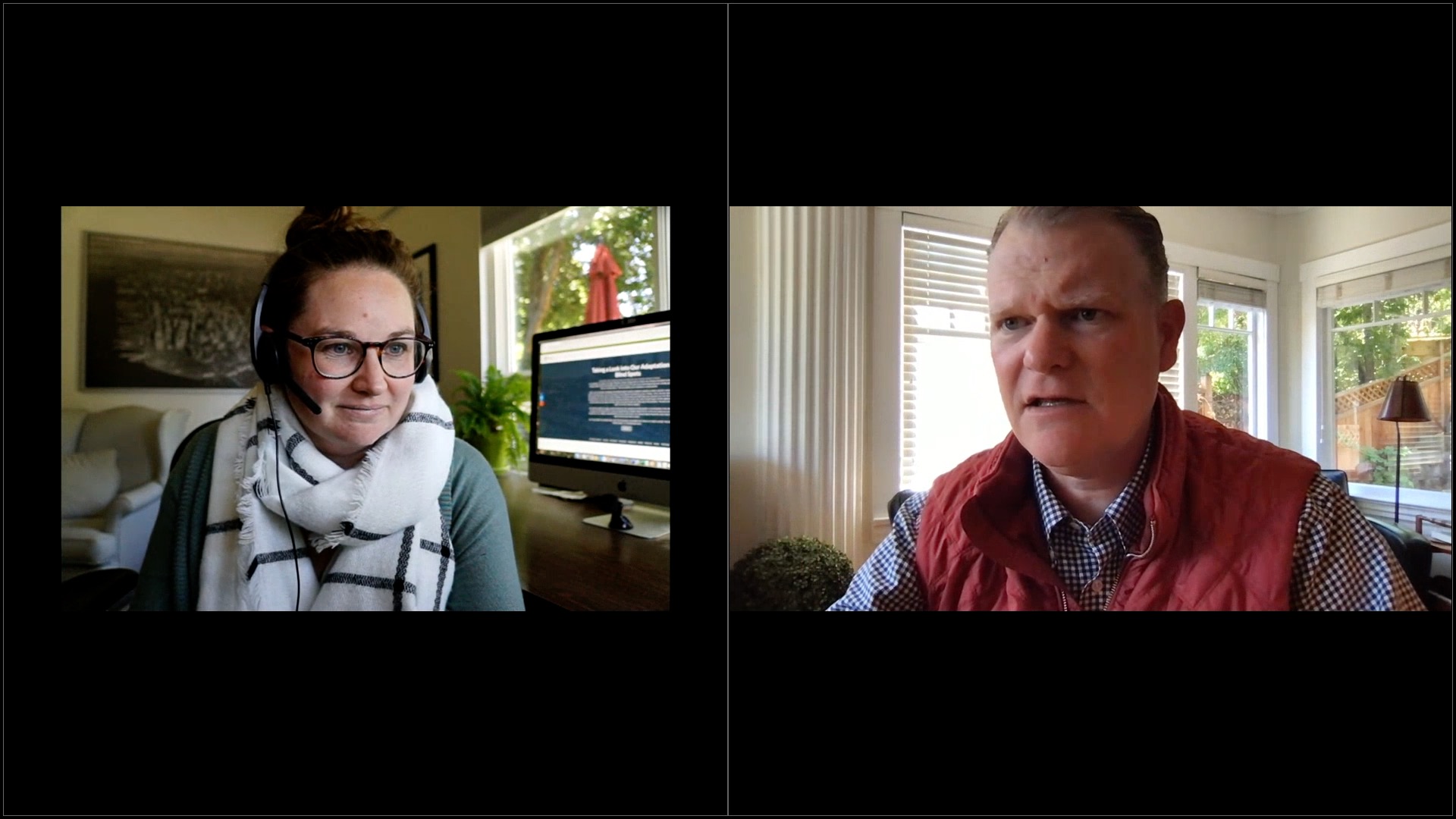Smart Cities
Middle-Mile Networks: The Middleman of Internet Connectivity
The development of public, open-access middle mile infrastructure can expand internet networks closer to unserved and underserved communities while offering equal opportunity for ISPs to link cost effectively to last mile infrastructure. This strategy would connect more Americans to high-speed internet while also driving down prices by increasing competition among local ISPs.
In addition to potentially helping narrow the digital divide, middle mile infrastructure would also provide backup options for networks if one connection pathway fails, and it would help support regional economic development by connecting businesses.
Wildfire Risk Reduction: Connecting the Dots
One of the most visceral manifestations of the combined problems of urbanization and climate change are the enormous wildfires that engulf areas of the American West. Fire behavior itself is now changing. Over 120 years of well-intentioned fire suppression have created huge reserves of fuel which, when combined with warmer temperatures and drought-dried landscapes, create unstoppable fires that spread with extreme speed, jump fire-breaks, level entire towns, take lives and destroy hundreds of thousands of acres, even in landscapes that are conditioned to employ fire as part of their reproductive cycle.
ARISE-US recently held a very successful symposium, “Wildfire Risk Reduction – Connecting the Dots” for wildfire stakeholders – insurers, US Forest Service, engineers, fire awareness NGOs and others – to discuss the issues and their possible solutions. This article sets out some of the major points to emerge.
Innovating Our Way Out of Crisis
Whether deep freezes in Texas, wildfires in California, hurricanes along the Gulf Coast, or any other calamity, our innovations today will build the reliable, resilient, equitable, and prosperous grid tomorrow. Innovation, in short, combines the dream of what’s possible with the pragmatism of what’s practical. That’s the big-idea, hard-reality approach that helped transform Texas into the world’s energy powerhouse — from oil and gas to zero-emissions wind, sun, and, soon, geothermal.
It’s time to make the production and consumption of energy faster, smarter, cleaner, more resilient, and more efficient. Business leaders, political leaders, the energy sector, and savvy citizens have the power to put investment and practices in place that support a robust energy innovation ecosystem. So, saddle up.
Sustainability and Resilience: Not Quite the Perfect Relationship
People seem frequently to assume that the terms “sustainability” and “resilience” are synonyms, an impression reinforced by the frequent use of the term “climate resilience”, which seems to enmesh both concepts firmly. In fact, while they frequently overlap, and indeed with good policy and planning reinforce one another, they are not the same. This article picks them apart to understand where one ends and the other begins, and where the “sweet spot” lies in achieving mutual reinforcement to the benefit of disaster risk reduction (DRR).
Stormwater Management is an Equity Issue
As extreme weather conditions become the new normal—from floods in Baton Rouge and Venice to wildfires in California, we need to clean and save stormwater for future use while protecting communities from flooding and exposure to contaminated water. Changing how we manage stormwater has the potential to preserve access to water for future generations; prevent unnecessary illnesses, injuries, and damage to communities; and increase investments in green, climate-resilient infrastructure, with a focus on communities where these kinds of investments are most needed.
Public-Private Collaboration – Essential for Disaster Risk Reduction
A few years ago, I worked with some ARISE-US members to carry out a survey of small businesses in post-Katrina New Orleans of disaster risk reduction (DRR) awareness. One theme stood out to me more than any other. The businesses that had lived through Katrina and survived well understood the need to be prepared and to have continuity plans. Those that were new since Katrina all tended to have the view that, to paraphrase, “well, government (city, state, federal…) will take care of things”.
While the experience after Katrina, of all disasters, should be enough to show anyone in the US that there are limits on what government can do, it does raise the question, of what could and should public and private sectors expect of one another?
Planning for the New Mobilities
When planning for new mobilities, it is important to be a little skeptical. Advocates often exaggerate the benefits and overlook significant costs. Here’s an example. Optimists predict that autonomous cars will reduce traffic congestion, crash risk, energy consumption and pollution emissions, but to achieve these benefits they require dedicated lanes for platooning (many vehicles driving close together at relatively high speeds). When should communities dedicate special lanes for the exclusive use of autonomous vehicles? How much should users pay for the privilege? How should this be enforced? Who will be liable if a high-speed platoon crashes, resulting in a multi-vehicle pile-up?
Why Investing in Play Must Be Part of COVID Recovery
Infrastructure is on the tip of every mayor’s tongue. It’s no wonder, with billions in federal funding on the table for the first time in a generation and rapidly compounding infrastructure needs. American Rescue Plan dollars represent a once-in-a-lifetime opportunity to invest in communities, support resident priorities, and move the needle on racial equity all at the same time. Parks and playgrounds exist in an ideal sweet spot in each of these areas, and cities should consider making investments in these vital pieces of community infrastructure as part of their recovery and resilience strategies.
Picking the Right Team: Who Needs to Be Involved in Disaster Risk Reduction?
Cities and communities are “systems of systems”: they are complexes of interacting physical, environmental, infrastructural, economic and social systems. Each system may have a different owner and management chain, yet each needs to interact with the others to minimize risk from hurricanes, earthquakes, floods, tornadoes, wildfires and the like – as well as from pandemics. This means that disaster risk reduction (DRR – defined as disaster adaptation, mitigation, planning, response and recovery) is a “team sport”. In any community, let alone a large city or state, multiple “players”, from the public and private sectors, will be needed to complete the team. In my experience with DRR activities in cities and communities, however, key players may be omitted. This article identifies who the players are, and why they need to be involved as well as what that involvement should include.
Digitally Connected Campuses Offer Enhanced Experiences
Following such a tumultuous school year where change was the only constant, perhaps there is no greater opportunity for colleges and universities to reimagine their campuses than there is today. To stay relevant in today’s increasingly competitive educational marketplace, schools must embrace the smart technologies that will enhance the collegiate experience and ensure seamless operations regardless of the next crises. By being proactive and planning now, schools can install the robust communications backbone and agile infrastructure necessary to support emerging technologies and create the connected campus of the future.
Small-scale manufacturing should be part of every city’s plan for economic recovery
Small-scale manufacturers are locally owned businesses that produce anything from hats to hardware to distilled spirits to coffee and more. Unlike large manufacturers, they fit into relatively small commercial spaces and are clean, quiet neighbors. Your city might be home to some of these kinds of businesses already.
How Cities Are Preparing for the Future of Work
Given the rapidly changing “future of work” space and the impact on our cities over the last 15 months, I decided to catch up with Robert Hoyle Brown to get the latest trends and insights on where we are now and where we are headed next.
Their new report “21 Places of the Future” touches on the key drivers for the creation of jobs in relation to place. We discussed how architectural heritage is tied to jobs and place. We also discussed how people matter and the future role of philosophers and ethicists in our data-driven world. Given the recent cyber attacks on US companies, we discussed the role of cybersecurity as a driver for the creation of jobs, including the jobs of cyber attack agent and cyber calamity forecaster. And we discussed the future of virtual workplaces. Here to stay, go, or evolve? Take a look.


